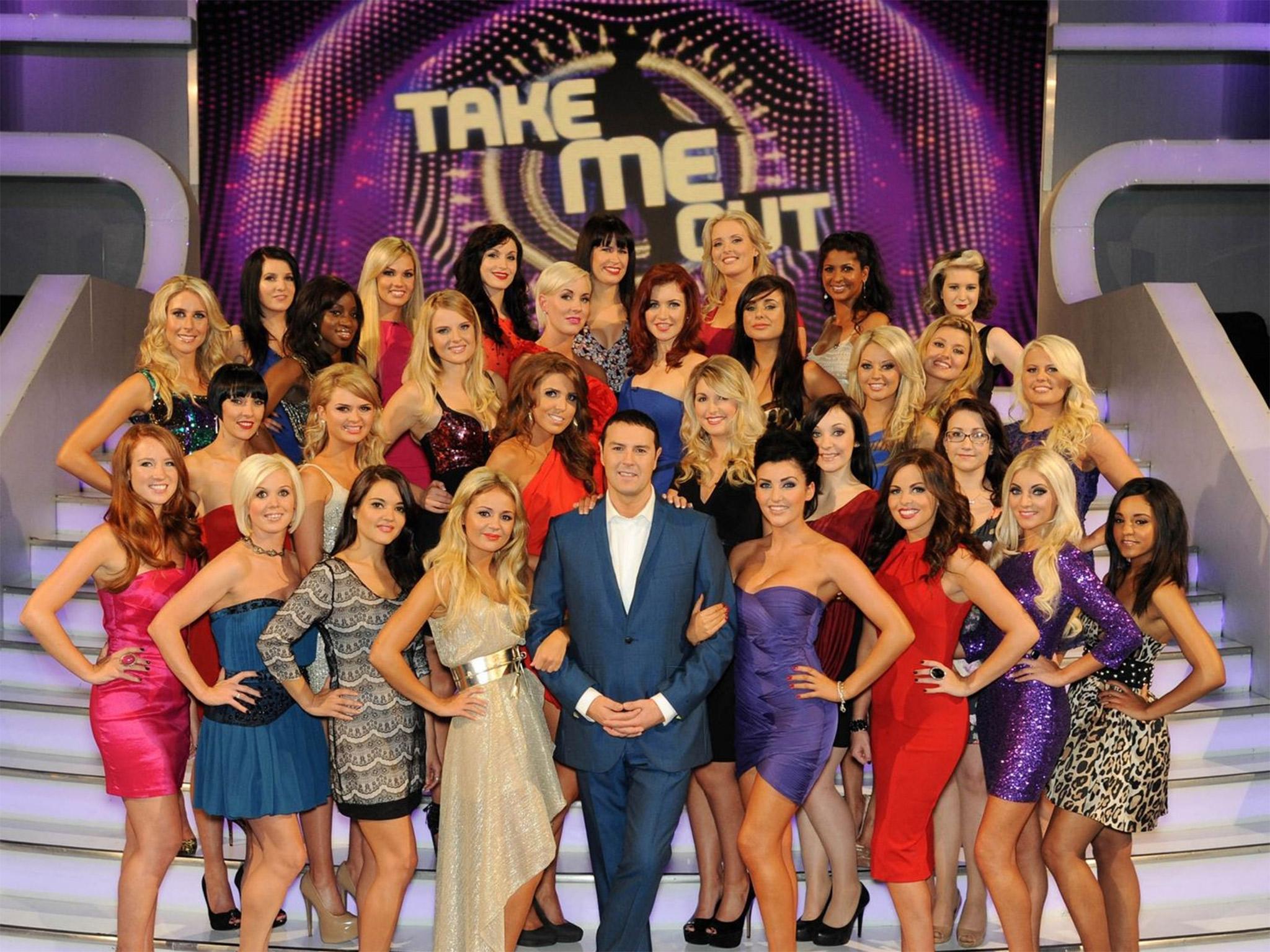Men are becoming more objectified on TV - and this is why it doesn't matter
It’s too simplistic to say that we are a less sexist society now than we were in 1980, 1960 or even 1920


I won’t pretend to be a seasoned recipient of fan mail, but two letters did make their way to my desk this week and they filled me with unexpected joy. One was written to enthusiastically concur with my view that Serena Williams shouldn’t give the time of day to those who make sexist remarks about her appearance. The other contained a paper copy of a petition sent to the writer’s local MP, arguing stridently that women shouldn’t be subjected to a tampon tax under any circumstances. Both were from elderly men.
These moments are rare and precious. They remind you that the world isn’t merely composed of bitter “meninists” who’d like to let you know – in capital letters – exactly what they think of women having platforms for their views (PG version: not very much), but is also teeming with people from every walk of life who are just waiting to surprise you with their consideration, their compassionate interest and their proactivity in fighting sexism.
The fact that these letters appeared on my desk in the same week that Fawcett Society research found older people are more concerned about gender equality than people in their twenties is bittersweet. More than 70 per cent of survey respondents aged over 65 believed “more needs to be done for men and women to be equal”, whereas only 55 per cent of those aged 25 to 34 agreed. A Fawcett spokesperson revealed that they’d found young people held “polarised” attitudes towards gender equality: “While they were more likely to identify as feminist, they were also more likely to oppose feminism.”
This may appear counterintuitive, but in my experience feminist progression isn’t linear. It’s too simplistic to say that we are a less sexist society now than we were in 1980, 1960 or even 1920; while great strides for gender equality have been made, new threats and unexpected backlashes have made other areas of life for women and girls much harder (I’m looking at you, UniLad).
And in 2016, female objectification is at a fever pitch. The “shut up, it’s just banter” brigade is out in force. The walls of London Underground stations and the pages of women’s magazines are adorned with adverts for plastic surgery. Some women have started crowd-funding their boob jobs by asking men to pay for them in exchange for private video chats online. The landscape for women is in some ways better - but clearly, in other ways, it is absurdly worse.
So it should come as little surprise that Channel 4 research has found that today’s TV is also sexist as hell, routinely showing five “sexist incidents” an hour during prime time. Not only that, but women are outnumbered two-to-one by men onscreen – and when we’re over 50, the ratio becomes 75/25 in their favour. Sports programmes are the worst offenders, where only 2 per cent of presenters, pundits or guests were female.
The study concluded that sexism is an ever-present, low-level televisual hum – a bad case of 21st century tinnitus, but with more middle-aged men telling impassioned women to calm down.
The constant stream of misogynist jokes, laddish asides and patronising comments that this report has identified is thinly veiled enough that it often goes unnoticed by male viewers. So when women take issue with the less overtly - but nevertheless very genuinely - sexist state of modern media, the response increasingly becomes: “Why are you so bothered? Nobody’s telling you to get back in the kitchen.” And it’s true; they’re not; at least, not in so many words.
Instead we’re being asked to watch endless programmes with a male protagonist at its centre, surrounded by his male friends, with one or two women chucked in for japes - ditzy and impossibly good-looking, and often the butt of condescending jokes (see: The Big Bang Theory). Again and again, we see complicated men come up against two-dimensional, eye-rollingly unrealistic female characters. Even in programmes where women are prominent, their parts are often written by men, because TV writers working on big shows are still disproportionately male.
We’re told not to complain about what’s on the box because marketers just follow the money; and, it’s said, “this is what the audience wants”. The problem is that if the audience has never been given the chance to consume nuanced, truthful depictions of women’s lives, it’s hardly in a position to give informed consent to the dull and repetitive sexism that’s shoved down its throat instead.
We used to be told that women weren’t visual creatures and there was no money in the objectification of men but, importantly, Channel 4’s research found that that wasn’t true either – at least not in terms of where media moguls choose to invest. The objectification of male bodies on TV is actually increasing exponentially. You can thank topless Poldark for that.
Is there anything inherently bad about objectification? Not necessarily – the issue, as always, is equality. Men aren’t likely to be penalised or vilified in the television industry when their naked bodies appear onscreen. And I can’t remember the last time I heard a man being told not to “dress slutty” for a work event or schoolboys being told not to roll up their trousers too high in case they cause “a distraction for the girls”.
But like tiresome commentators who complain that men being depicted as clueless fools in commercials for household cleaning products (clue: that’s because society says household chores are women’s work!) is just as sexist as a lifetime of being told it might-be-sort-of-kind-of-your-fault if you get sexually assaulted, focusing on the fact that men are taking their tops off more often would be missing the point.
Excessive emphasis on women’s appearances on trash TV such as Take Me Out wouldn’t matter if, like men, we held a diversity of roles in front of and behind the cameras. But the problem, as this week’s research has quite clearly pointed out, is that we’re actually barely there at all.
Join our commenting forum
Join thought-provoking conversations, follow other Independent readers and see their replies
Comments
Bookmark popover
Removed from bookmarks